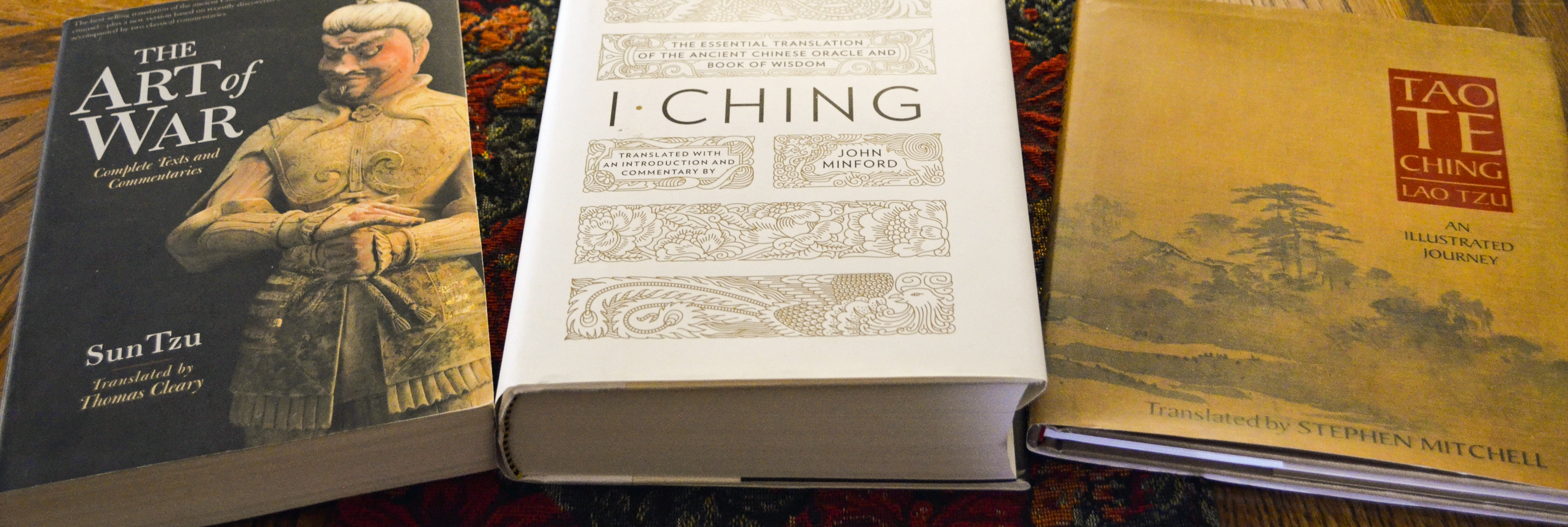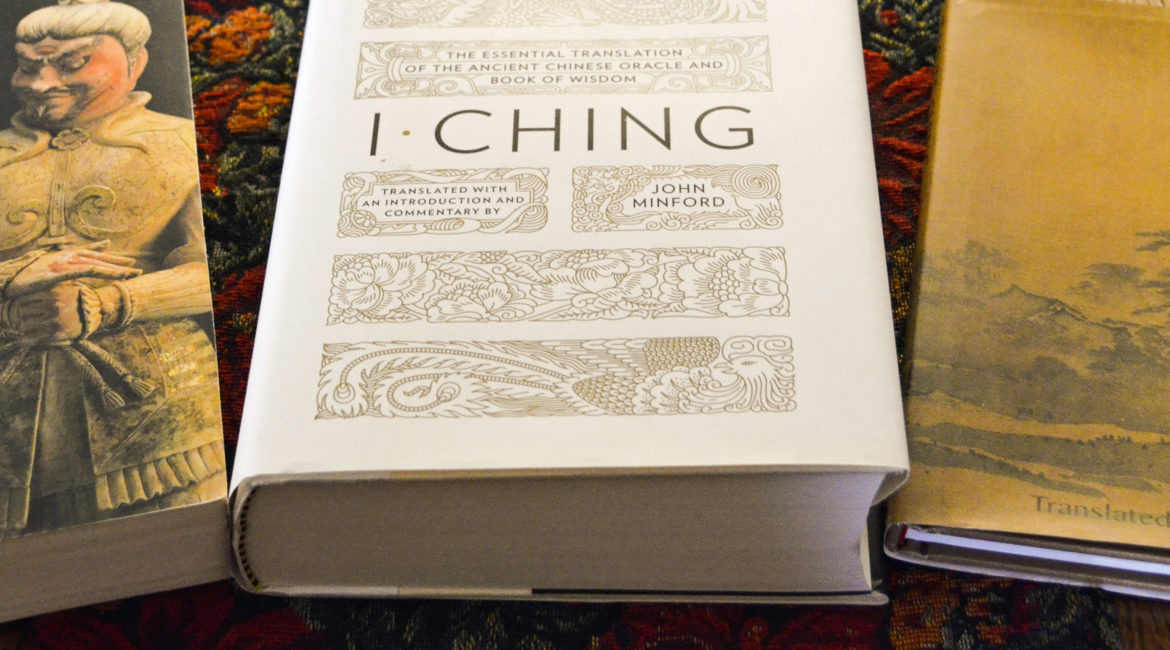The Five Element Theory sits as one of the roots of all Chinese Martial Arts and enjoys a rather yin and yang relationship with Taoism.
These two systems of thought have dovetailed nicely with two other major philosophies, Confucianism and Buddhism. Confucianism and Taoism have bound themselves together in classic texts like the I-Ching (Book of Changes), The Art of War and the Tao te Ching.

All four of these ideas laid the groundwork for the
Triumvirate of Internal Martial Arts
Tai Chi Chuan (17th Century), Hsing-I Chuan (12th Century) and Ba Gua Zhang (19th Century).
The origins of each of these arts is in quite a bit of dispute. So please, take the referred time-frames as being “legendary”. However, that’s also where the arts begin to diverge.
Tai Chi Chuan
The training methods of each art are as different as their origins. Tai Chi is distinctive with its slow, flowing movements therefore appearing to be counter-intuitive to martial arts training. Yet, Tai Chi was considered one of the top four fighting arts in China a hundred years ago.
By my own experiences training with Tai Chi practitioners over the past 7 years, it is incredibly difficult to move them off their spot when they do not want to be moved. They can also hit with bone-rattling power. In a Western context, Tai Chi is almost exclusively taught as a health and wellness regimen often paired with Chi Kung holistic practices or as a supplement to “hard” styles of martial arts.
http://www.martialpaths.ca/tai-chi-chuan/
Hsing-I Chuan
Hsing-I (Sometimes pronounced ‘ying-yee’. Loose translation: ‘Shape-Will’), approaches things with relentless straight-line aggression hearkening back to its legendary origins of being a soldier’s art born on the battlefields of ancient China. The Five Fists of Hsing-I are named after each of the 5 elements from the Five Element Theory. Metal, Water, Wood, Fire and Earth. Due to its association with the Five Element Theory, the ‘Shape-Will’ Fist relies on an extensive amount of focused visualization to affect training.
As difficult as it is to move a Tai Chi practitioner, it is equally difficult to get away from a Hsing-I fighter. They. Do. Not. Stop. Most importantly, they hit with the same power!
http://www.martialpaths.ca/hsing-i/
Ba Gua Zhang
As yielding as Tai Chi Chuan is and as aggressive as Hsing-I Chuan is, Ba Gua Zhang uses circles as its main tactic. I have no training in this art so I will leave a video behind where longtime Internal Martial Arts practitioner Bruce Frantzis is interviewed. He agrees to demonstrate a few moves and explain the differences between the three main “Internal” martial arts.
https://www.youtube.com/watch?v=YMtjzQ_XV5M
Excelsior!
Sensei Jim


